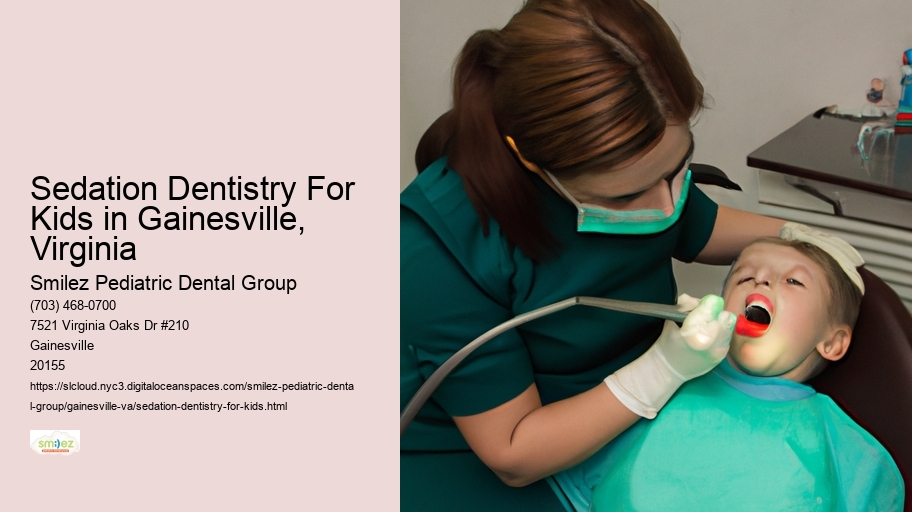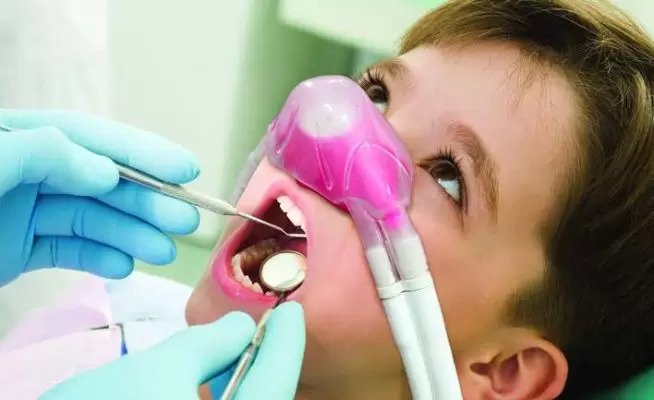
Sedation Dentistry For Kids in Gainesville, Virginia
Pediatric Dentist
At Smilez Pediatric Dental Group in Gainesville, Virginia, we offer sedation dentistry for kids. We understand that dental visits can be stressful for children, and we are here to provide a comfortable and positive experience. With our expertise in pediatric dentistry, we prioritize the oral health of your little ones. Our team utilizes two methods of sedation - general anesthesia and oral conscious sedation - to ensure a relaxed and pain-free dental procedure. Whether it's a routine check-up or a more complex treatment, our goal is to make your child's visit as easy and stress-free as possible. Trust Smilez Pediatric Dental Group for exceptional care and a happy dental experience for your kids.
